 |

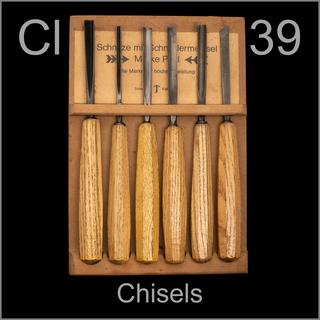 |
Leave a comment below! Or click on an individual tool to see more or leave a comment about that tool. |
|
 |
|
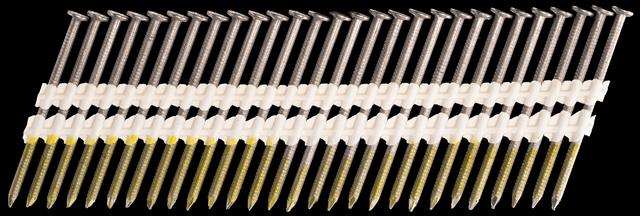 |
| If you need full round heads on your nails, you can use a nailer that works with these spaced-out strips. Of course they can’t hold as many nails per strip. |
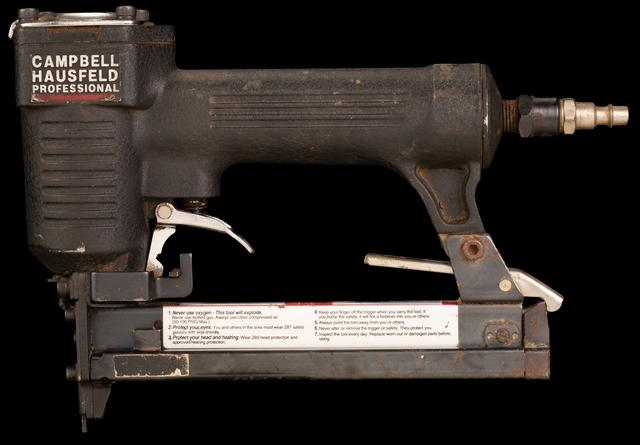 |
| A small, lightweight pneumatic stapler is great for making lattice panels out of furring strips, making picture frames, and so on. Staples hold thin material better than nails. |
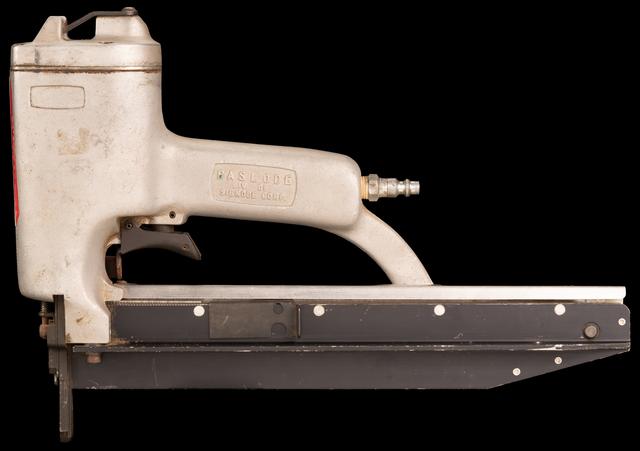 |
| Finish nailers use slightly larger finish nails. |
 |
| Electric staplers typically have a simple solenoid (coil of wire) that pulls an iron slug in rapidly when current is switched on, creating a magnetic field. |
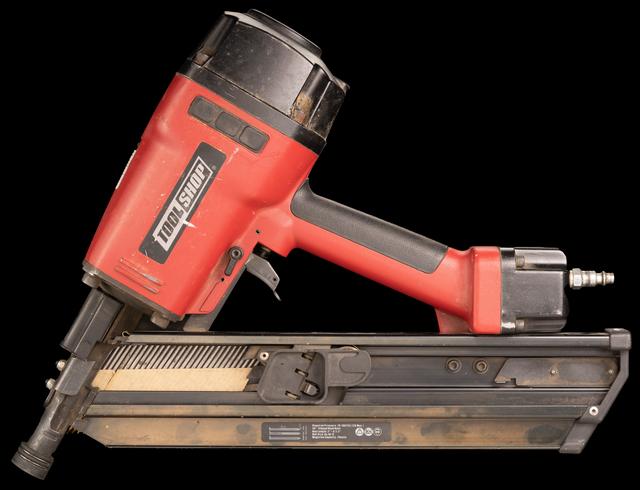 |
| Full-size pneumatic (compressed-air-powered) framing nailers are the workhorses of wood home construction. They run all day driven by a portable air compressor on the ground. |
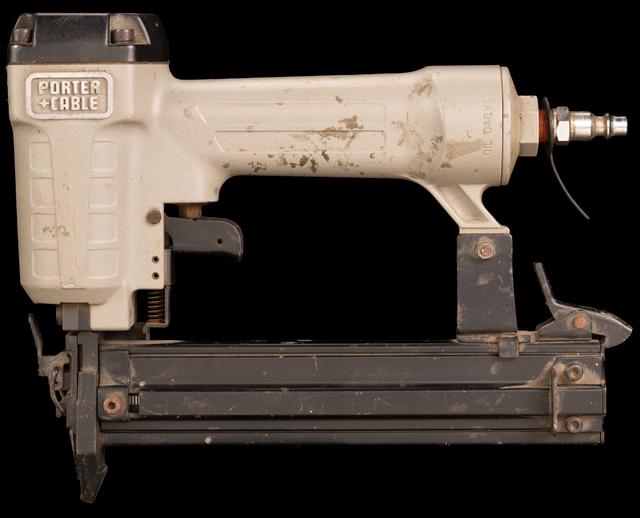 |
| Brad nailers handle short nails for trim and cabinet work. |
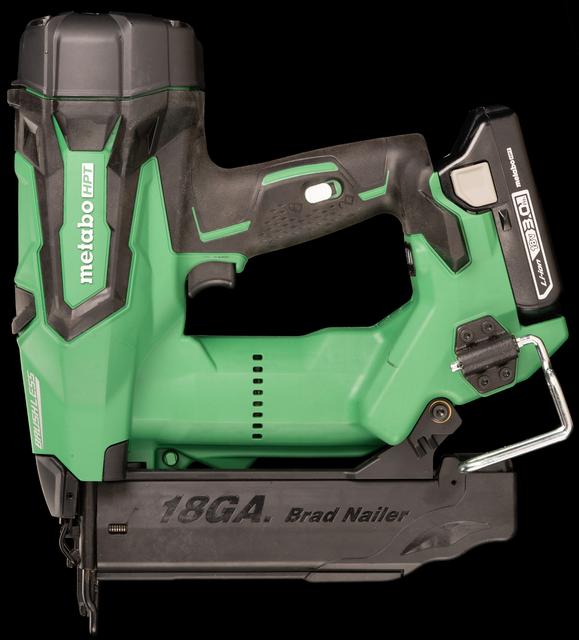 |
| More powerful electric nail guns and staplers use an electric motor to compress a spring, like the handle on a squeeze-type manual stapler. This allows more force to be delivered more quickly than with a solenoid. This one actually compresses air into a cylinder, so when it’s firing, it can hit just as hard as a pneumatic nailer. |
 |
| Electric Stapler |
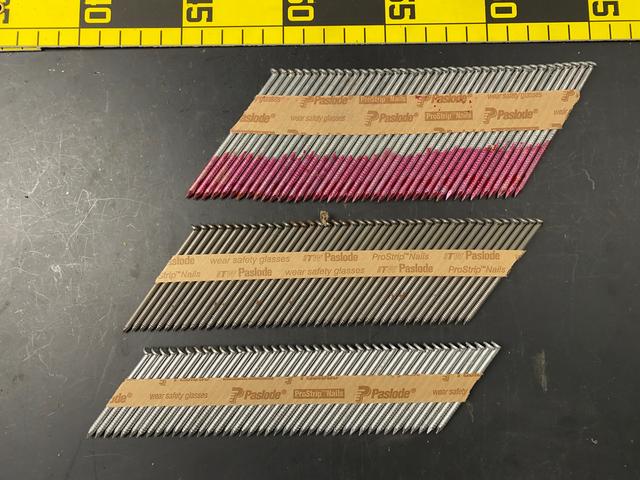 |
| Nail guns use “sticks” of several dozen nails lightly glued to each other. They usually have “half heads” so they can fit tightly to each other. |
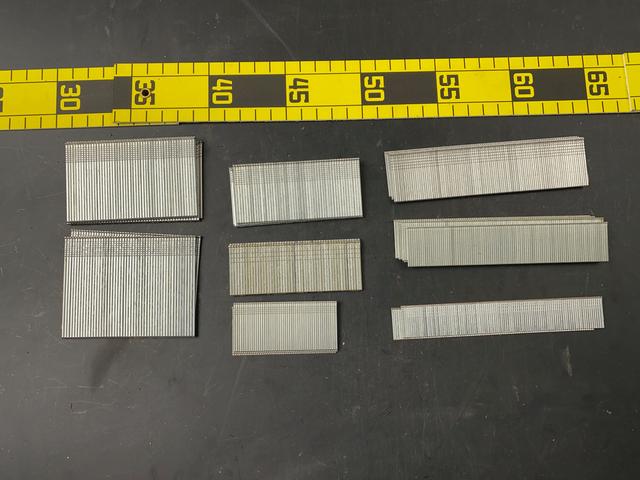 |
| Finish nails (used for trim and cabinetmaking) have very small heads, so they work well in stick form. |
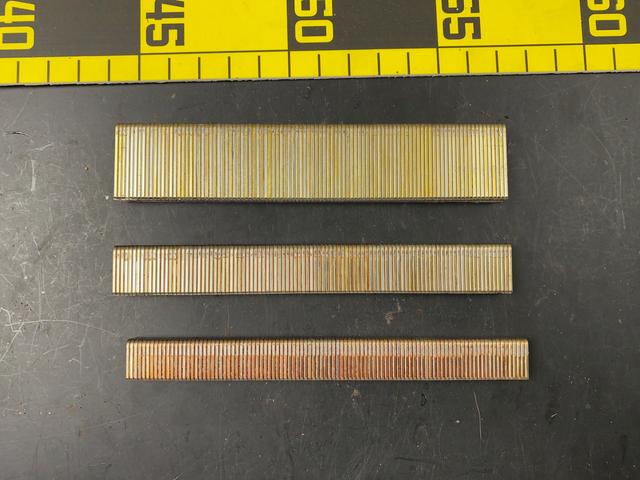 |
| These narrow (1/4”, 6mm) staples are used a lot in cheap furniture construction. |
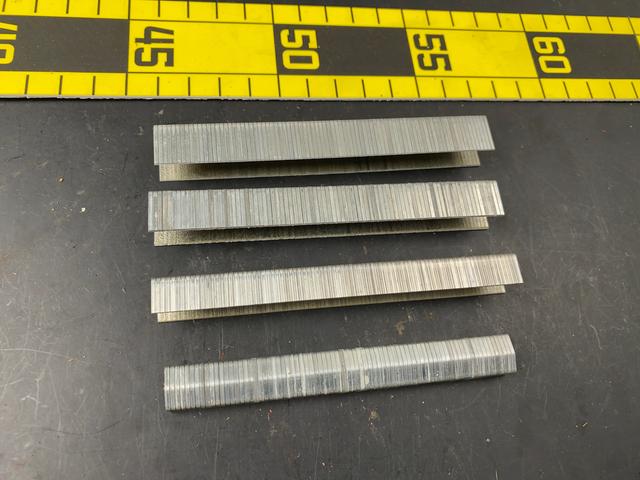 |
| Wider staples, which look almost like office stapler staples except thicker, are best for fastening paper, fabric, or other thin materials. |
Do you have a better example of this kind of tool? Let me know by leaving a comment, and include a picture of it if you can so everyone can see!